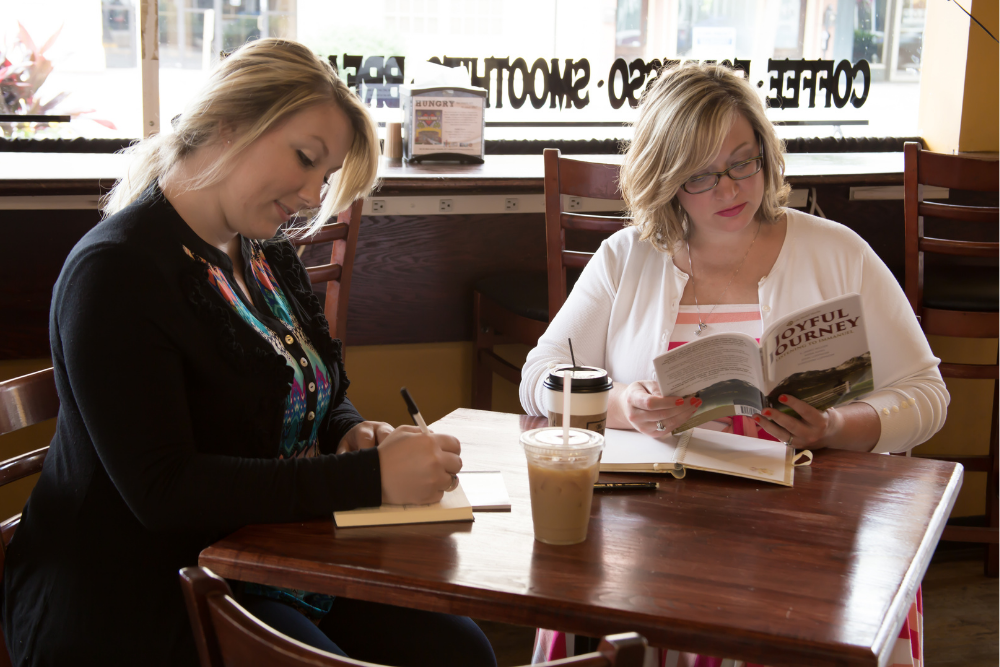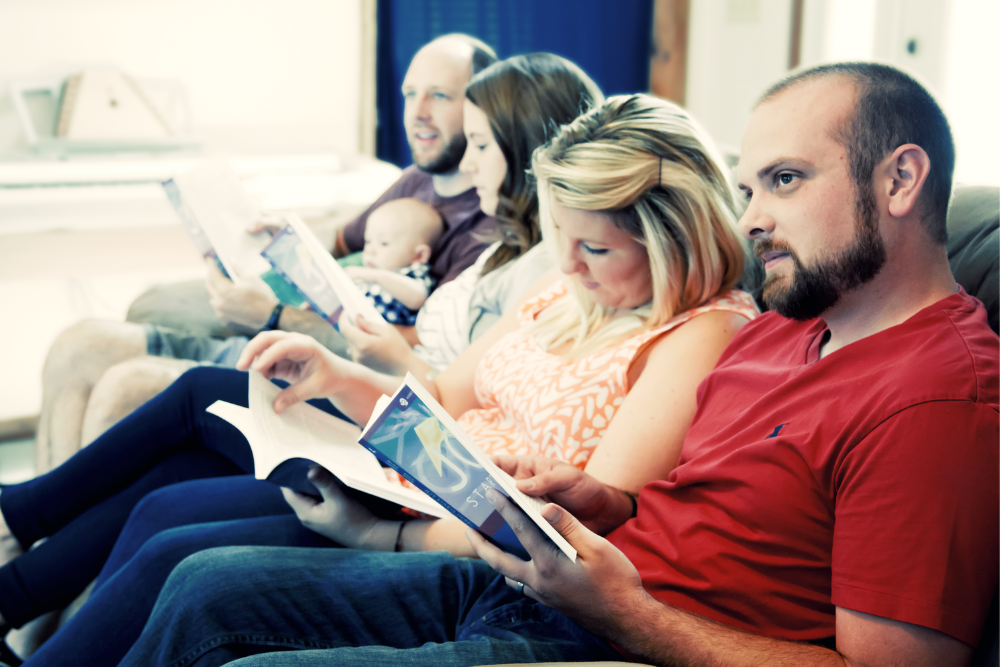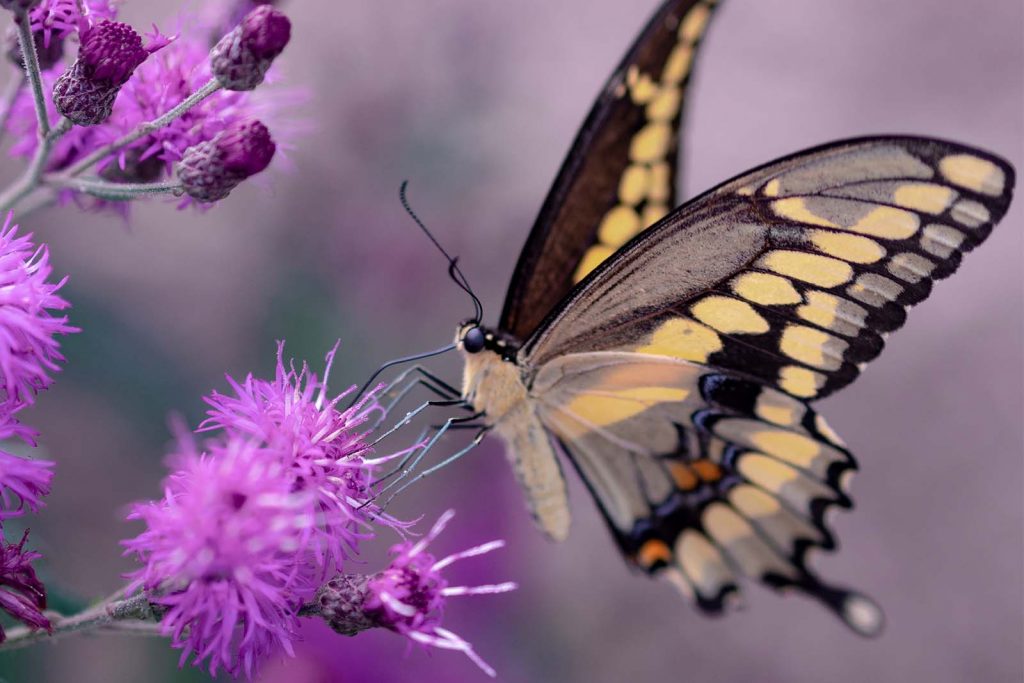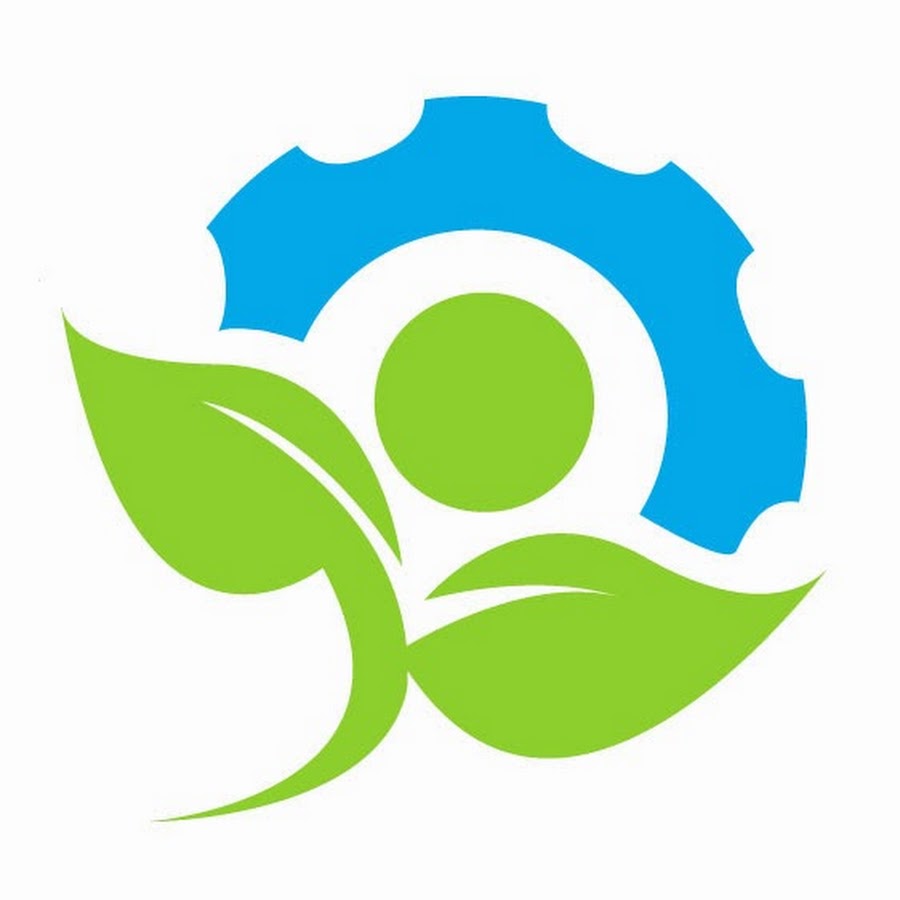Several years ago, I heard Dr. Jim Wilder explain that even an infant who is adopted at birth will have life-long attachment pain for its birth mother. During the nine months in utero, children attach to their mother. They hear the mother’s heartbeat, sensing her rhythms, and feel her emotions. They share more with mom than science may ever be able to explain fully.
This may help us understand why the “attachment center” part of the brain is at the very core of its structure. It also helps us understand something else specific to families who foster and adopt: why typical struggles can feel so amplified, and why they face different struggles than biological families.
Attachment and Acting Out
Adoptive and foster children often act out in a myriad of ways. Their words and actions deeply hurt the very ones who are trying to fill the holes created by the absence of their birth parents. Because the parents have their own attachment issues, this can create an escalating spiral of pain for both the parent and the child.
As difficult as this is for adoptive and foster parents, the reality is that everyone experiences attachment pain. It occurs any time a relationship changes, no matter what causes the change. Because attachment pain strikes at the deepest level of our brain, it can be the worst pain we experience. We are often unaware of the source of the pain, only a deep sense that something is wrong, that something hurts deep inside.
Distracting Ourselves from Attachment Pain
Attachment pain is often the reason we do things we can’t fully explain. Many use food, especially carbohydrates, and sugar to numb the pain. Others use drugs, alcohol, and other chemical substances. Most use different forms of activity and busyness to distract and numb the pain.
Attachment pain is why most people find it extremely difficult to sit and do nothing. Without constant distraction, pain becomes unbearable. We must have noise. We must have activity. We must have something to drown out the clamor of the pain inside.
Relationships and Attachment Pain
The pain of attachment, and our reliance on distaction shape all of us.
There are no any magic pills or silver bullets to make attachment pain go away. However, we can learn skills and build relationships that empower us to manage our pain well and to experience joy that exceeds our hurt. As we grow our relational capacity, we develop enough to give us the strength to be ourselves even when we feel great pain.
Each person has different levels of pain, and an adopted or foster child will certainly bear more pain than most. And because hurt people—even little ones—hurt others, adoptive and foster parents will carry more pain than most.
Learning Relational Joy
Therefore, a huge key, no matter our level of pain, is to increase our relational joy. Thankfully, we can do this by learning specific relational skills and by sharing them with others.
Dr. Jim Wilder has taught me more in this realm than anyone else I have read, studied or encountered. I am thrilled that on September 24th we will have the chance to hear him speak here in Kansas City, Missouri. As a precursor to the Joy Starts Here Conference, Dr. Jim Wilder will speak to the Foster and Adoption community on “Why Is Love So Stressful?” While Jim’s message targets foster and adoptive parents, it is open to anyone, so please join us for this free event. It is free, but you must register, as space is limited.
Darrell Brazell
is Pastor of New Hope Fellowship in Lawrence, Kansas.
Click here to register for Why Is Love So Stressful?








